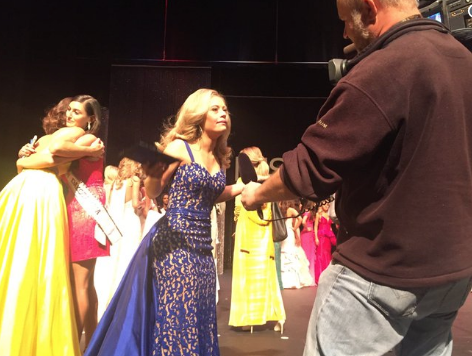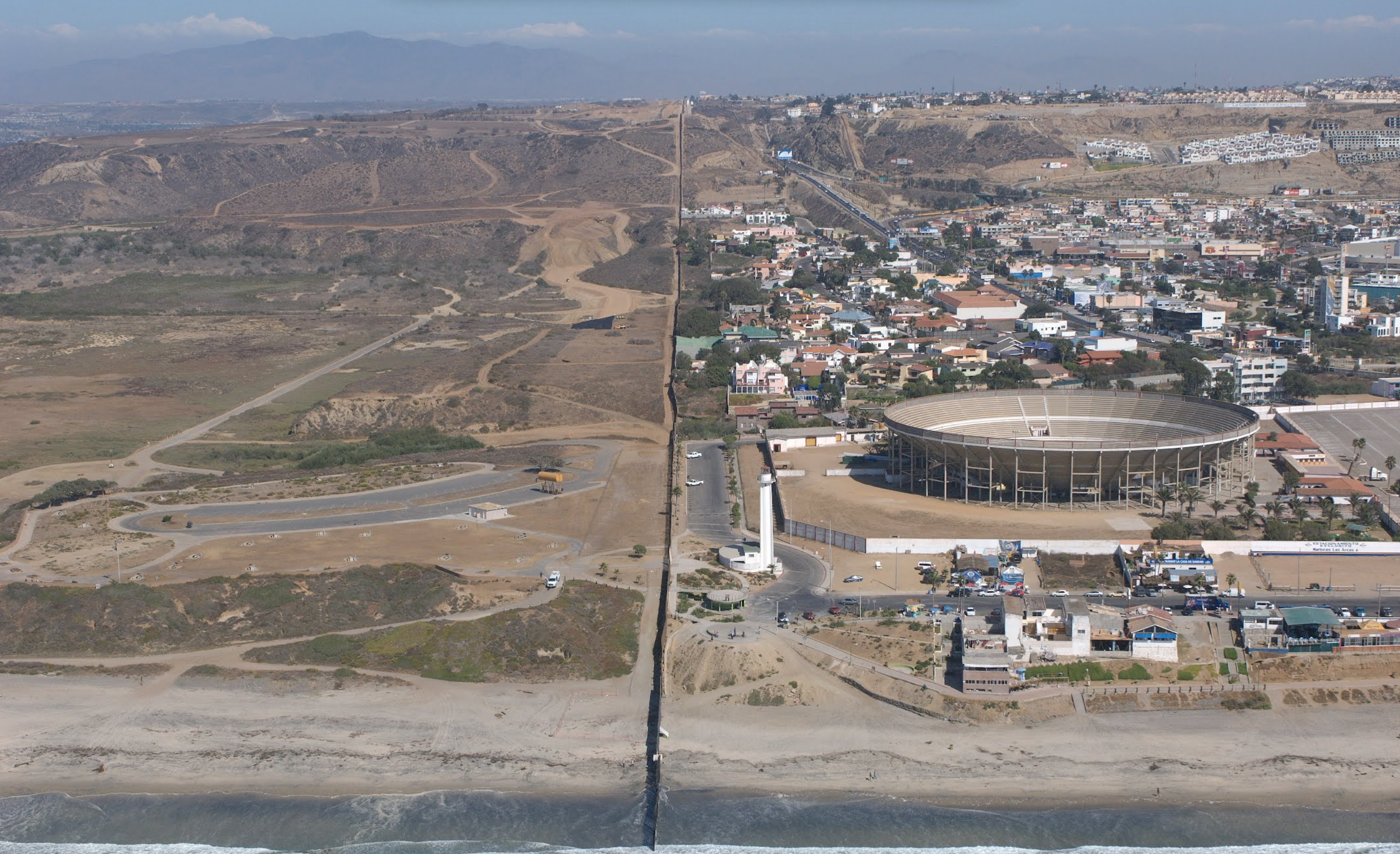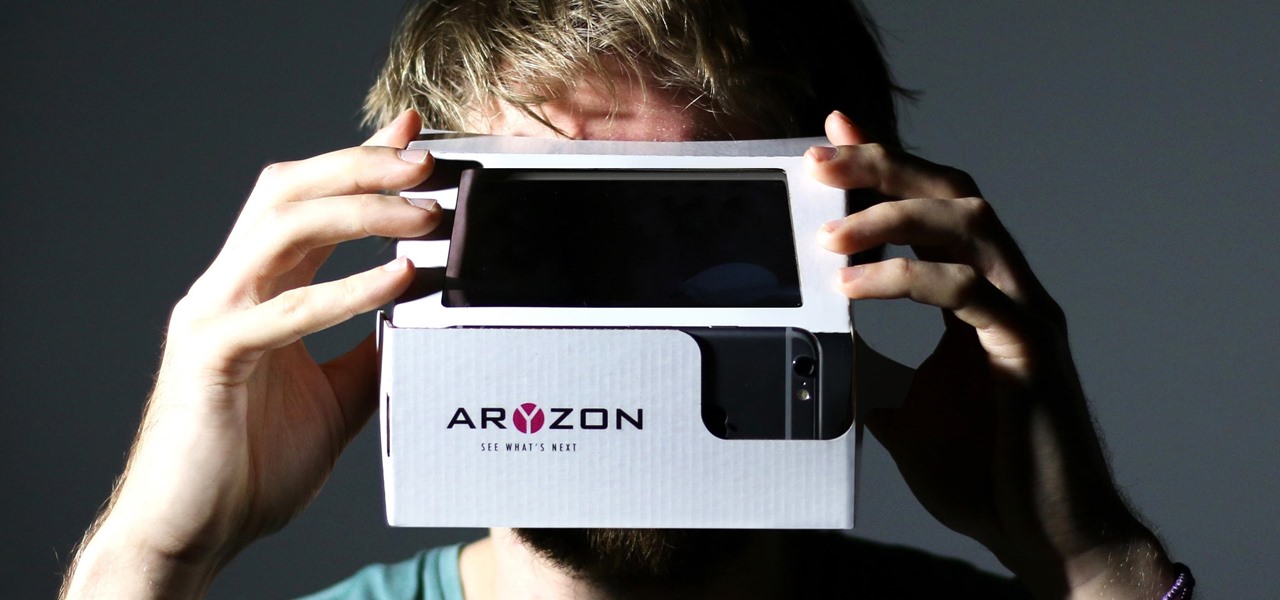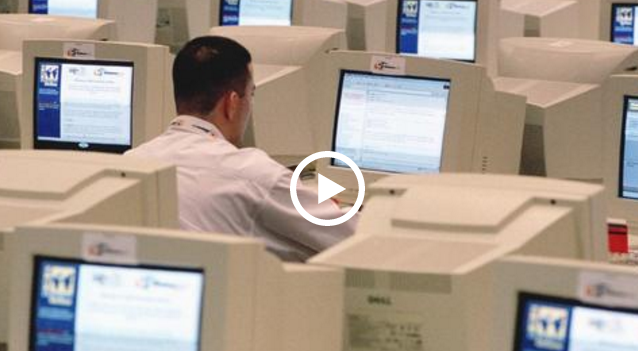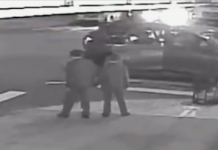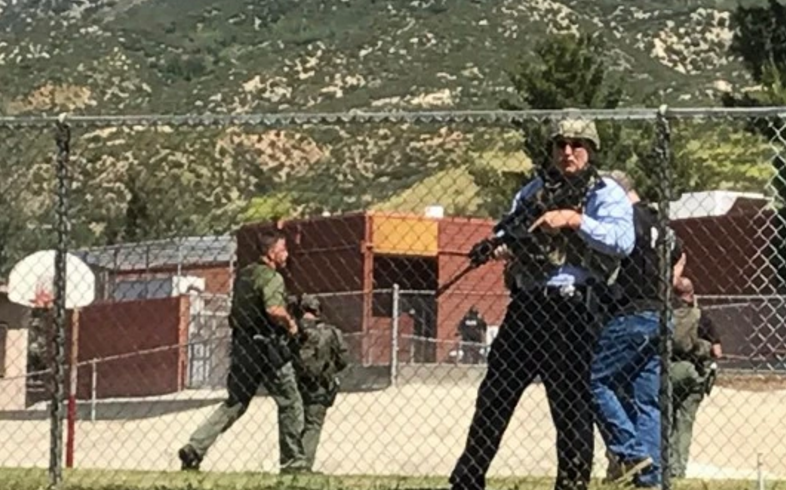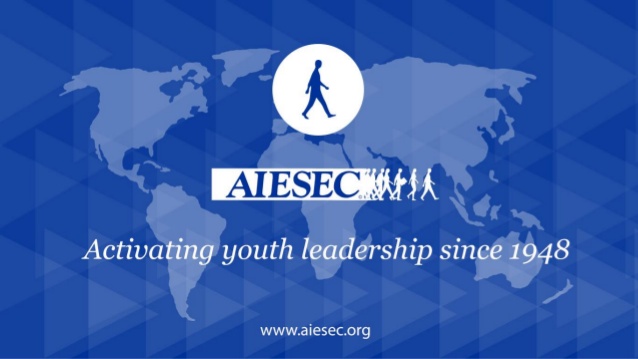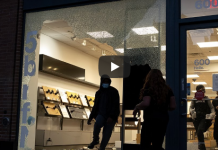n the 2013 science-fiction thriller Gravity, Sandra Bullock plays an astronaut who gets stranded in a capsule in space following a catastrophe in which she is the apparent lone survivor. Cold, frightened, and alone, she resigns herself to her fate and shuts down the cabin’s oxygen supply to commit suicide. As she begins to lose consciousness, she is visited (or is she?) by her fellow astronaut, played by George Clooney, whom she believed to be dead. He gives her a pep talk and a survival plan—and then he leaves. She eventually realizes that Clooney’s visit did not really happen, but the experience still gives her the strength to continue on. By following “his” plan, she is able to survive what seemed to be a hopeless situation.
The movie was science fiction, but the encounter that Bullock’s character has with a “being” who appears in a moment of desperation is a human experience far more common than you might think. Psychologists refer to it as the “sensed presence.”
The sensed presence usually happens to individuals who have become isolated in an extreme or unusual environment, often when high levels of stress are involved. These individuals report a perception or feeling that another person is there to help them cope with a hazardous situation. The vividness of the presence can range from a vague feeling of being watched to a clearly perceived, seemingly flesh-and-blood entity such as Clooney’s character in Gravity. This entity might be a god, a spirit, an ancestor, or someone personally known to the observer. Sensed presences usually appear in environments with little variation in physical and social stimulation; low temperature is also a common ingredient.
Possible explanations for a sensed presence include the motion of boats, atmospheric or geomagnetic activity, and altered sensations and states of consciousness induced by changes in brain chemistry triggered by stress, lack of oxygen, monotonous stimulation, or a buildup of hormones. There is in fact exciting new evidence from a research group led by Olaf Blanke demonstrating that it is the precise stimulation of specific brain regions that tricks people into feeling the “presence” of a ghostly apparition.
Environmental psychologist Peter Suedfeld also thinks that what we do cognitively changes under these circumstances and may play a role.
Suedfeld proposed that we normally spend most of our time attending to and processing external, ambient stimuli from the physical world surrounding us. However, persistent exposure to stimuli that we are evolutionarily unprepared to process, or a lack of change in our surroundings, may cause us to focus more within ourselves, which most of us are much less experienced at doing.
Seeing ghosts may also be triggered by the “agency-detection mechanisms” proposed by evolutionary psychologists. These mechanisms evolved to protect us from harm at the hands of predators and enemies. If you are walking down a dark city street and hear the sound of something moving in a dark alley, you will respond with a heightened level of arousal and sharply focused attention and behave as if there is a willful “agent” present who is about to do you harm. If it turns out to be just a gust of wind or a stray cat, you lose little by overreacting, but if you fail to activate the alarm response and a true threat is present, the cost of your miscalculation could be high. Thus, we evolved to err on the side of detecting threats in such ambiguous situations. A recent study by Kirsten Barnes & Nicholas Gibson (2013) explored the differences between individuals who have never had a paranormal experience and those who have. They confirmed that experiences of supernatural phenomena are most likely to occur in threatening or ambiguous environments, and they also found that those who had paranormal experiences scored higher on scales measuring empathy and a tendency to become deeply absorbed in one’s own subjective experience.
Most likely, the experience of the sensed presence is the result of many of these factors interacting at once.
Some of the most compelling descriptions of sensed presences come from lone sailors who have experienced hallucinations and out-of-body experiences. In one famous incident, Joshua Slocum, the first person to circumnavigate the globe single-handedly, swore that he saw and spoke with the pilot of Columbus’s ship the Pinta. He claimed that the pilot steered his boat through heavy weather as Slocum lay ill with food poisoning. Many other startling, vivid examples of such apparitions reported by sailors, mountain climbers, and polar explorers are described in a 1987 article by Suedfeld and Mocellin. These include recurring reports by polar explorers that they felt as if someone was following them on their treks; Mt. Everest climbers stranded in snow holes hallucinating rescuers; and survivors of sinking ships counting extra persons in their lifeboats.
Although sensed presences are most frequently reported by people in weird or dangerous places, it is not unreasonable to assume that such experiences can happen in more mundane surroundings. For example, grieving individuals who have lost a loved one on whom they depended greatly may shut themselves off from social contact with others and rarely leave their homes. The loneliness and isolation, coupled with high levels of stress and unchanging sensory stimulation, might very well produce the same biological conditions that could trigger a “visit” from the recently departed. Studies indicate that almost half of widowed elderly Americans experience a hallucination of the departed spouse, and such after-death communications appear to be a healthy coping mechanism and a normal part of the bereavement process.
The phenomenon of the sensed presence may account for some religious experiences as well. Such episodes often occur following extended periods of meditation and internal reflection and may be facilitated by unusual and intense physical stimulation. Early religious figures such as Moses, Jesus, and Mohammed all reportedly met supernatural beings while wandering in the desert; indeed, fasting, prolonged meditation, and stimulation of the body through pain and fatigue are part and parcel of most religions.
Many societies feature a period of isolation and unusual environmental stimulation as a rite of passage from adolescence to adulthood. The transcendental altering of consciousness may be an important part of such experiences, as well as physical hardship or even torture. In such rituals, sometimes referred to as vision quests or spirit quests, seekers hope to encounter a spirit or being that will provide them with guidance and advice. In some Native American tribes, a young man would receive his adult name from such a being during his vision quest. These spirit quests involve solitude in harsh environments or intense sensory bombardment—drumming, sweating, chanting, or dancing—in a confined area. Both approaches to the quest have included starvation, thirst, and sleeplessness as means of further altering arousal levels and conjuring an encounter with a spirit.
The sensed presence is a very real, perceptual experience for those individuals who have experienced it, and it can be very hard to convince them that it was anything other than what they believe it to be. When evaluating self-reports from individuals who have had an extraordinary experience, ranging from an alien abduction to a visit from a supernatural being, it may be difficult to know how to proceed.
There are really only three possibilities:
- The event really happened, just as the person has reported.
- The person truly believes that the event has happened, but it has not.
- The person is fabricating a story for some reason.
The best we can do under the circumstances is to evaluate the relative probability of each of these options and choose the one that appears most likely.
Further Reading
Atran, S. (2002). In Gods We Trust. New York: Oxford University Press.
Barnes, K., & Gibson, N. (2013). Supernatural Agency: Individual Difference Predictors and Situational Correlates. International Journal for the Psychology of Religion, 23 (1), 42-62.
Barrett, J. L. (2004). Why would anyone believe in God? Lanham, MD: Alta Mira Press.
Blanke, O., et al. (2014). Neurological and Robot-Controlled Induction of an Apparition. Current Biology, 24, 2681-2686.
Furst, P. T. (1977). “High states” in culture-historical perspective. In N. E. Zinberg (Ed.), Alternate states of consciousness. . New York: The Free Press.
Kwilecki, S. (2011). Ghosts, meaning, and faith: after-death communications in bereavement narratives. Death Studies, 35, 219-243.
McAndrew, F. T. (1993). Environmental psychology. Belmont, CA: Brooks/Cole.
Rees, W. D. (1971). The hallucinations of widowhood. British Medical Journal, 4, 37-38, 39-41.
Suedfeld, P. (1980). Restricted environmental stimulation: Research and clinical applications. New York: John Wiley and Sons.
Suedfeld, P., & Mocellin, J. S. P. (1987). The “sensed presence” in unusual environments. Environment and Behavior, 19, 33-52.
van Elk, M., Rutjens, B. T., van der Pligt, J., & van Herreveld, F. (2014). Priming of supernatural agent concepts and agency detection. Religion, Brain, & Behavior,
Weil, A. T. (1977). The marriage of the sun and the moon. In N. E. Zinberg (Ed.), Alternate states of consciousness. . New York: The Free Press.
This article was found at:https://www.psychologytoday.com/blog/out-the-ooze/201507/why-some-people-see-ghosts-and-other-presences?collection=1099329






